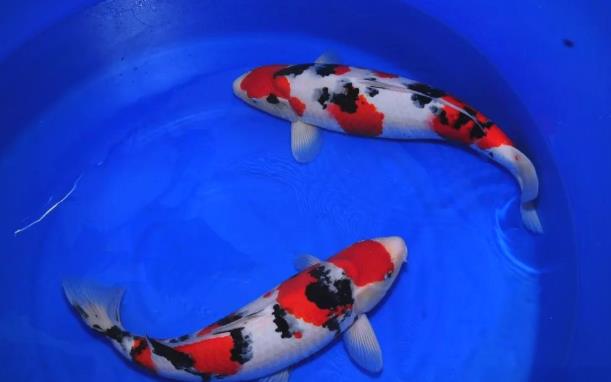Here’s a detailed breakdown of optimal water temperatures for koi, integrating key factors like physiological needs, seasonal management, and water quality control:

I. Core Temperature Ranges
Ideal Growth Temperature
20–27°C: Koi show vigorous metabolism here, with digestive enzymes at peak activity. Feeding capacity can reach 2.3x that of low-temperature environments.
25–28°C: The "rapid growth phase," where coloration is most vibrant and growth rates peak.
Survival Extremes
Short-term tolerance: 2–38°C (enters semi-hibernation below 10°C; requires cooling measures above 32°C).
Freezing surfaces: Koi can survive if underwater temperature stays ≥2°C.
II. Seasonal Management Tips
Summer Heat (>30°C)
Reduce feeding to prevent indigestion.
Cool water via shading, water changes, or chillers; maintain ≤30°C.
Winter Cold (<10°C)
Stop feeding; koi rely on stored energy to overwinter.
In northern regions, deepen ponds (≥1.5m) or use heaters to keep ≥5°C.
Spring/Fall Transitions
Temperature fluctuation control: Limit daily changes to ≤3°C; keep new water temperature within ≤2°C of old water when changing.
At 16–21°C, feed twice daily with medium-protein pellets.
III. Co-Managing Temperature & Water Quality
Dissolved Oxygen Needs
For every 1°C temperature rise, oxygen demand increases by 10%. Use aeration equipment (e.g., air pumps).
pH Regulation
Slightly alkaline water (pH 7.0–8.5) buffers temperature impacts.
Varieties like Shiro Utsuri need higher pH (7.5–8.0) to maintain pure black markings.
IV. Breed-Specific Considerations
Platinum Ogon Koi: Require (18–26°C); fluctuations >3°C cause stress.
Iron-Wrapped Gold Koi: Depend on 4–6 hours of daily sunlight to maintain color, paired with stable water temperature.
Practical Tips
Use a thermometer for real-time monitoring. Combine heaters/chillers for year-round temperature control.
If koi surface frequently or refuse food, check for temperature abnormalities first.
